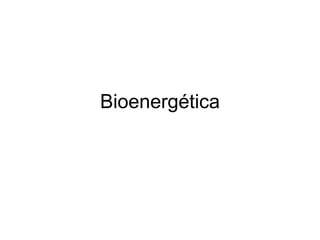Recommended
Signal transduction processes connected to the changes in cytosolic calcium c...

Signal transduction processes connected to the changes in cytosolic calcium c...Pradeep Singh Narwat
More Related Content
What's hot
Signal transduction processes connected to the changes in cytosolic calcium c...

Signal transduction processes connected to the changes in cytosolic calcium c...Pradeep Singh Narwat
What's hot (20)
AP Biology Chapter 6 notes Photosynthesis and Respiration

AP Biology Chapter 6 notes Photosynthesis and Respiration
Activation of calcium and calmodulin dependent protein

Activation of calcium and calmodulin dependent protein
Session no. 3.1. energy transformation atp – adp cycle and photosynthesis

Session no. 3.1. energy transformation atp – adp cycle and photosynthesis
Biology 12 - Enzymes and Metabolic Pathways - Section 5-2

Biology 12 - Enzymes and Metabolic Pathways - Section 5-2
Signal transduction processes connected to the changes in cytosolic calcium c...

Signal transduction processes connected to the changes in cytosolic calcium c...
Bioenergética i
- 4. The monomers then aggregate to form the amyloid fibrils from any of these states. The mechanism of aggregation of A-beta monomers is thought to proceed through the formation of a high free-energy thermodynamic nucleus of a handful of chains [11], represented here by the hexagonal arrangement of monomers. After the formation of this nucleus, the aggregation proceeds energetically downhill to form the amyloid fibril. The structure of the nucleus and steps between unstructured and amyloid, however, have not been determined.
- 19. AMP ADP ATP
- 23. PIROFOSFATO Mn
- 24. ACETIL CoA NADH FADH 2
- 25. 1. ATP transfers a Phosphate (p) to Amino Acid (AA) 2. Another AA takes the place of P 3. Result: a polypeptide and free P for oxidative phosphorylation in the ATP Cycle.
